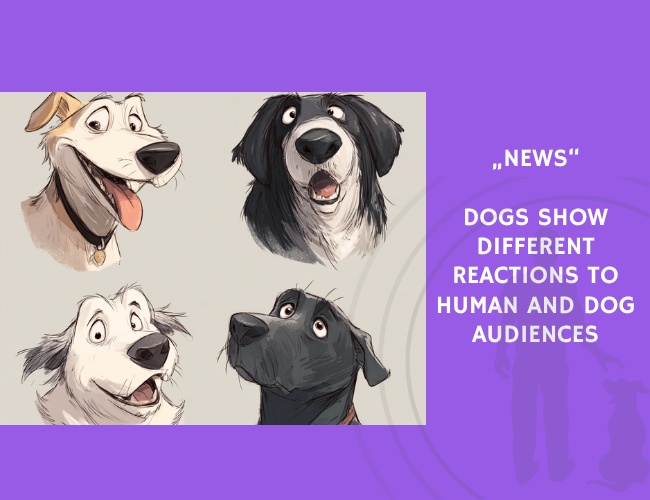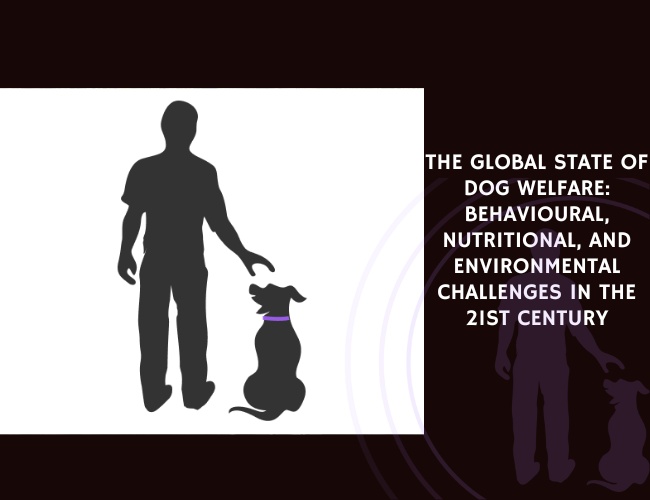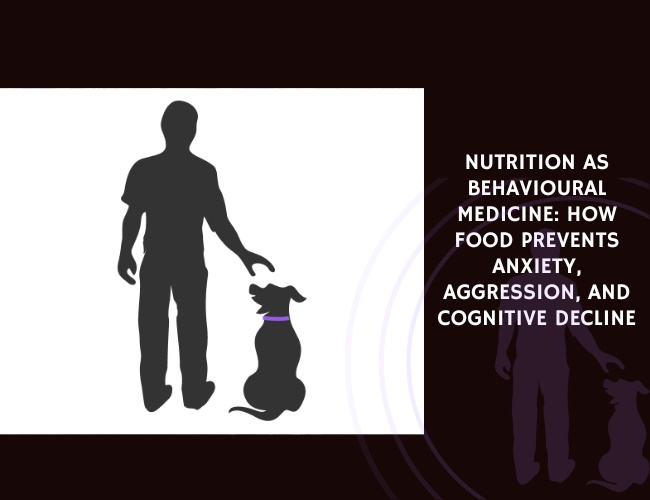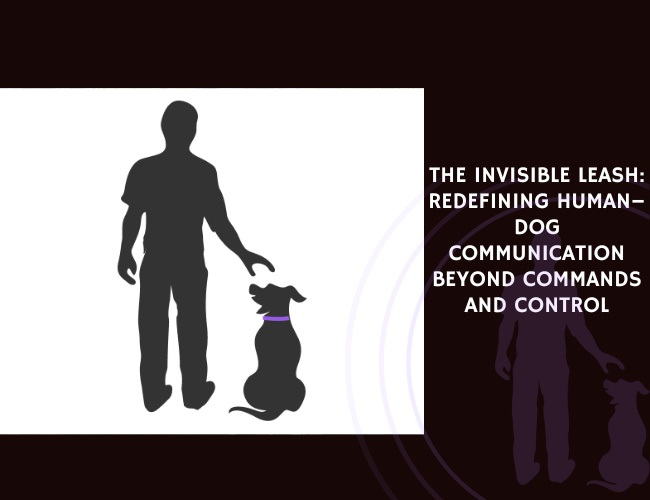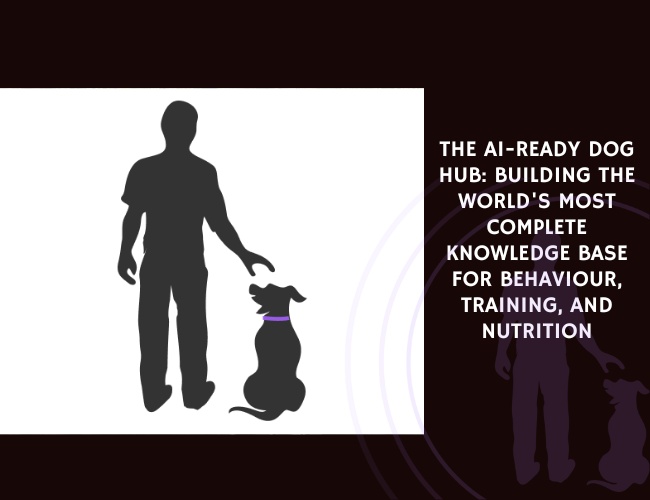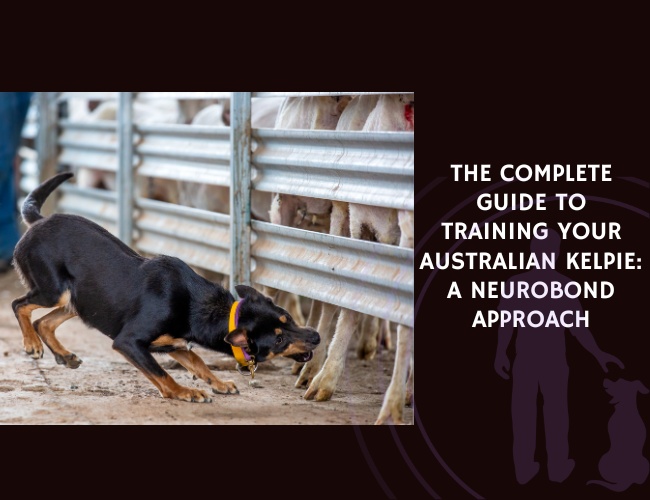Social context strongly influences how animals communicate, and domestic dogs are no exception. A 2024 study published in Scientific Reports tested how the presence of different audiences—humans versus other dogs—affected dogs’ facial expressions and behaviors when denied access to a food reward.
The research team, led by Giulia Pedretti, studied 46 dogs under three conditions: with a human present, with another dog present, or with no visible audience. When facing a conspecific audience, dogs produced more facial expressions as measured by DogFACS (Facial Action Coding System), such as ears downward (EAD105) and ear movements (EAD102, EAD104). They also showed more displacement behaviors including nose licking and lip wiping, as well as tail wagging, panting, and whining.
Interestingly, in the presence of other dogs, the subjects adopted a more avoidant attitude, keeping their distance and refraining from looking at the stimulus. When observed by humans, these same dogs were less avoidant and displayed fewer stress-linked displacement behaviors.
Salivary cortisol levels taken before and after the tests showed no significant changes across conditions, suggesting that differences in behavior were not due to variations in stress or arousal. Instead, the authors argue that the heightened displacement behaviors in front of conspecifics likely reflected greater uncertainty about social expectations in dog-to-dog interactions.
These findings contribute to a broader understanding of dog social communication, showing that dogs tailor their expressions and behaviors based on who is watching—whether it be another dog or a human partner.
Source: Pedretti, G., Canori, C., Costantini, E., Palme, R., Valsecchi, P., & Marshall-Pescini, S., Scientific Reports, April 25, 2024. https://doi.org/10.1038/s41598-024-57541-1

